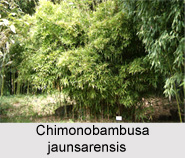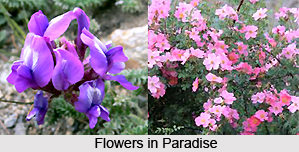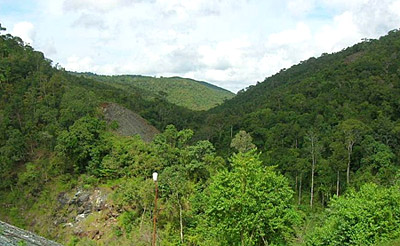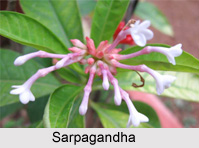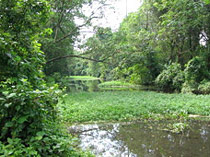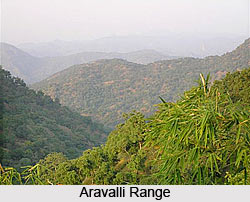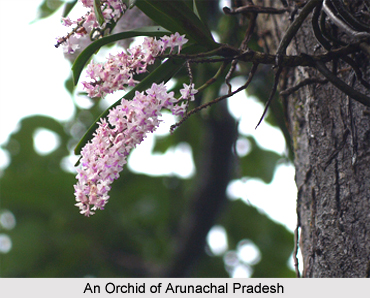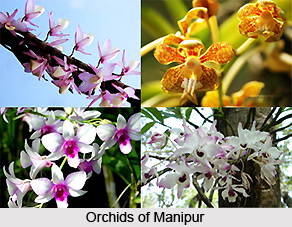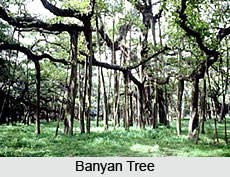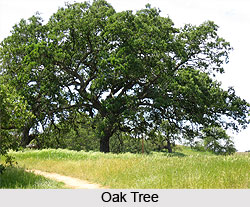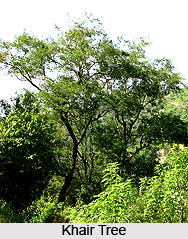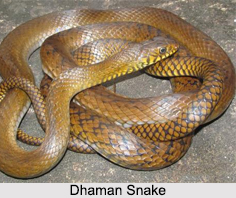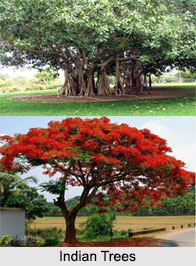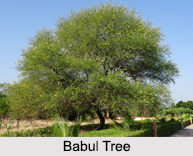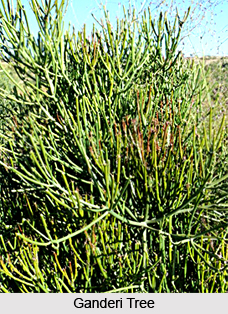 Ganderi is a large shrub or a small tree that goes up to a height of 5 m and has vertical branches. The botanical name of the plant is Euphorbia tirucalli L. The shrub is known as Indian tree spurge or milk bush in English and is known by different names in various Indian languages. The Sanskrit names of the plant are ganderi, trikantaka and vajradruma and the Hindi speaking people know it as konpal, konpalsehnd, sehund, thuar and thohra. In Bengali, the plant has two names like lankasij and latadaona and it is called as dandaliothora, pardeshithora or thordan-dalio in Gujarati. While the Kannada speaking people named the plant as bontakalli, kodukalli, kolugalli or kolukalli, the Marathi people know it as nirval, nivla, niwarang, shera, tej or vajraduju. The plant has the names like kalli and tirukalli in Tamil and in Telugu; it is called as chemudu, jemudu or kada jemudu. The Urdu name of the plant is zakum.
Ganderi is a large shrub or a small tree that goes up to a height of 5 m and has vertical branches. The botanical name of the plant is Euphorbia tirucalli L. The shrub is known as Indian tree spurge or milk bush in English and is known by different names in various Indian languages. The Sanskrit names of the plant are ganderi, trikantaka and vajradruma and the Hindi speaking people know it as konpal, konpalsehnd, sehund, thuar and thohra. In Bengali, the plant has two names like lankasij and latadaona and it is called as dandaliothora, pardeshithora or thordan-dalio in Gujarati. While the Kannada speaking people named the plant as bontakalli, kodukalli, kolugalli or kolukalli, the Marathi people know it as nirval, nivla, niwarang, shera, tej or vajraduju. The plant has the names like kalli and tirukalli in Tamil and in Telugu; it is called as chemudu, jemudu or kada jemudu. The Urdu name of the plant is zakum.
Ganderi is cultivated throughout India and is planted quite extensively in many villages. The plant has become naturalised in many parts of the country and is predominant in the drier regions of Bengal and in peninsular India. However, the plant is a native to tropical Africa and was brought to India several years back. In southern India, the plant flowers and fruits from October to May and in central India, the flowering season of Ganderi is between the months of March and April.
Among different parts of the plant, the bark of Ganderi is rough, cracked and has a greenish-brown colour. The bark exudes a milky sap when it is cut. The slender, smooth and cylindrical branches of the plant are polished and whorled. The leaves of the plant are alternate. They are sessile or sub sessile and linear-spathulate. They narrow at base and their apex is obtuse and fleshy. The leaves usually appear early in the rainy season and fall within a very short time. The minute and black stipules of Ganderi are circular in shape. The plant has campanulate flowers that are clustered in heads at the ends or in the axils of branchlets. The velvety Ganderi fruits have rounded valves and they are pale brown in colour. The fruits contain ovoid and smooth seeds.
Ganderi is well known for having many valuable medicinal properties and uses. It has extensive uses in different forms of Indian traditional medicines. The stem and branches of the plant exude latex when cut and the latex is considered vesicant and rubifa-cient. The latex is applied externally for removing warts and for getting relief from toothache, neuralgia and rheumatism. If small doses of the latex are taken internally, it can act as purgative. However, it can become an acrid irritant and emetic, if taken in large doses. The latex is also sometimes used for treating coughs, asthma and earache. According to Ayurvedic medicine, the latex is alexiteric and carminative. Ayurveda uses the latex frequently in treatment of leprosy, leucor-rhoea, abdominal problems and tumours.
In another traditional Indian medicine, Siddha, the latex of Ganderi is used commonly to treat skin diseases, leprosy, glandular swellings and intestinal worms. Unani medicine considers the juice of the plant useful for treating the diseases like gonorrhoea, whooping cough, asthma, dropsy, leprosy, enlargement of the spleen, dyspepsia, jaundice, colic, tumours and gall bladder stones. Apart from the latex and juice, a decoction of the tender branches or the roots of Ganderi is used to treat colic and gastralgia as well.
